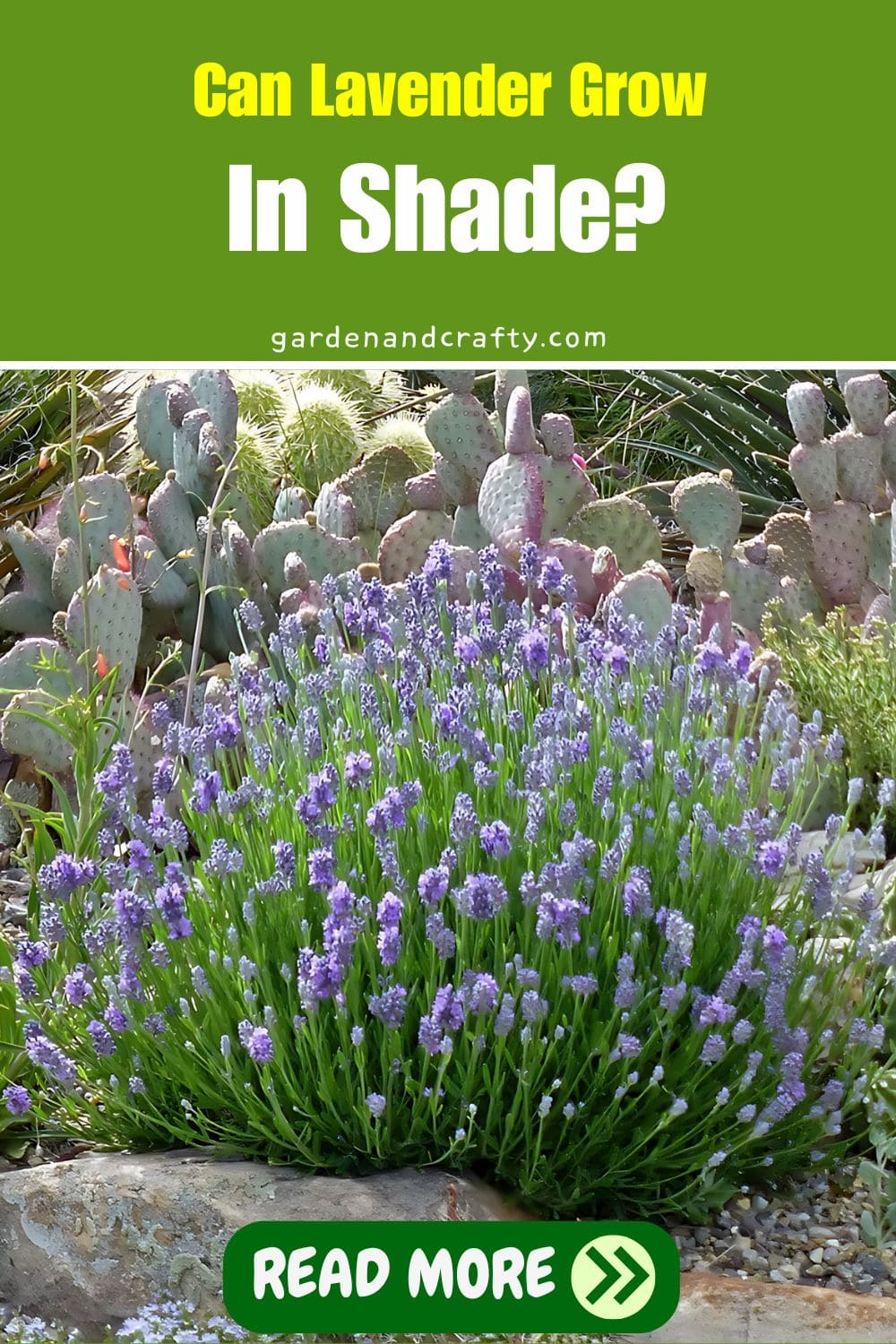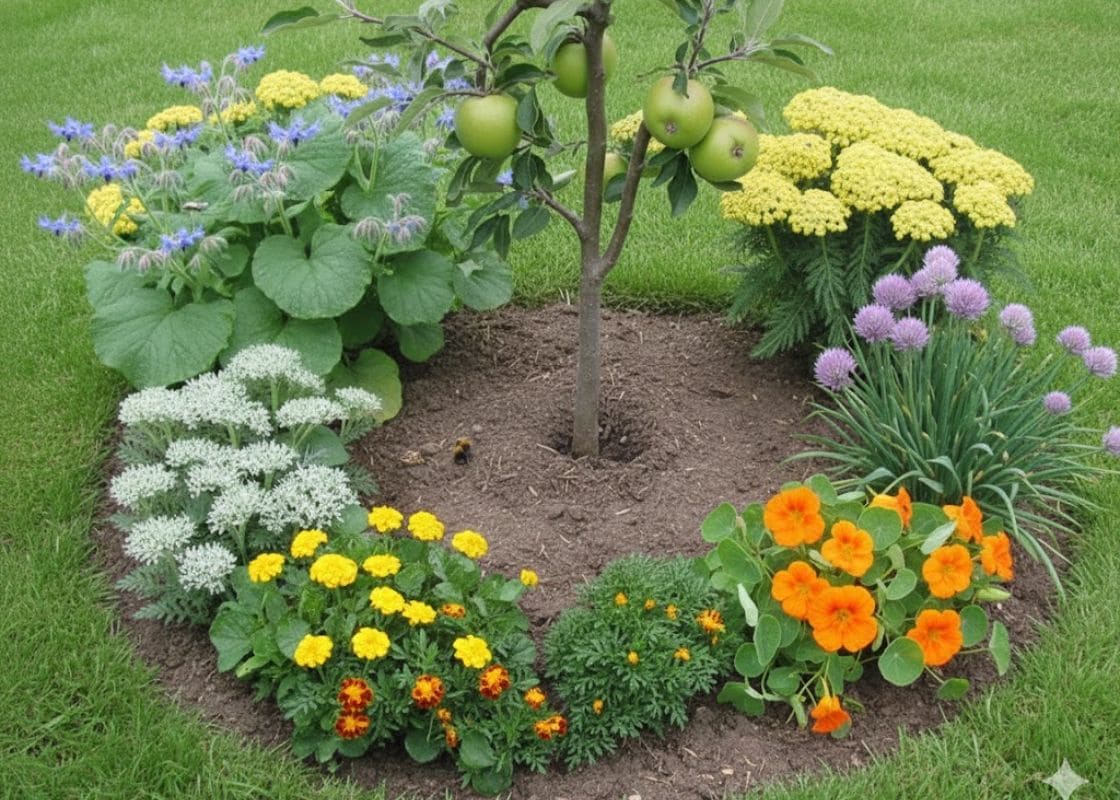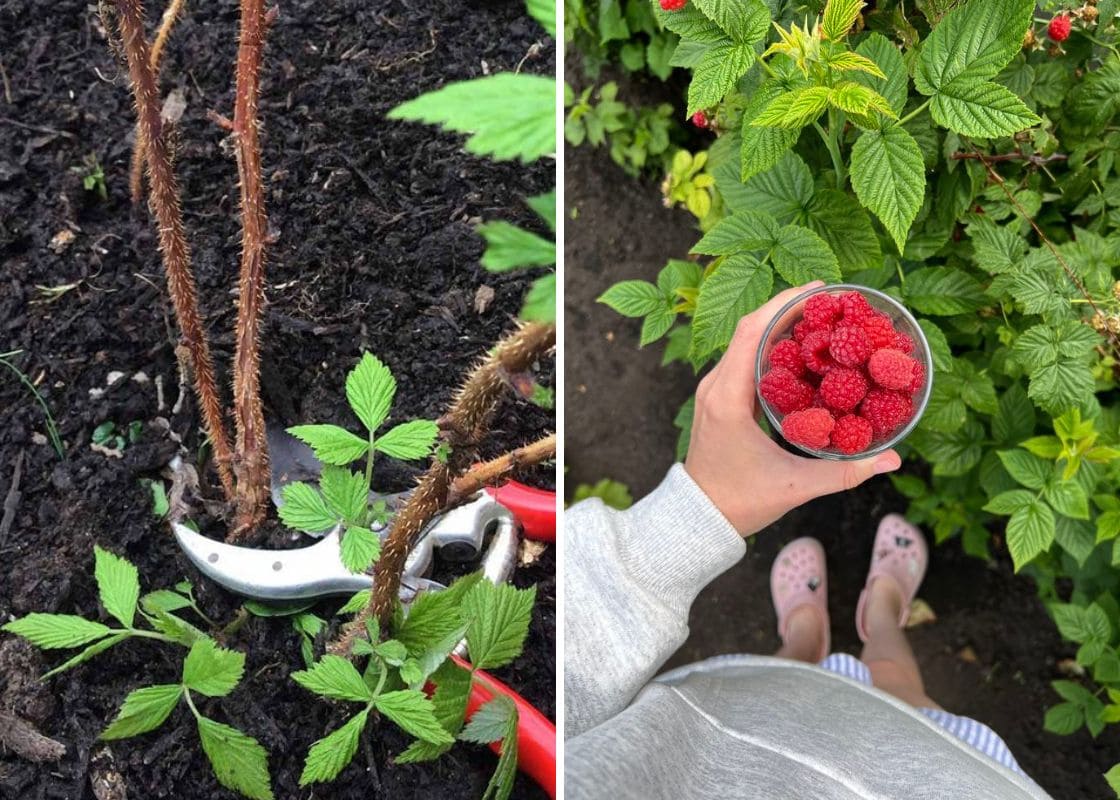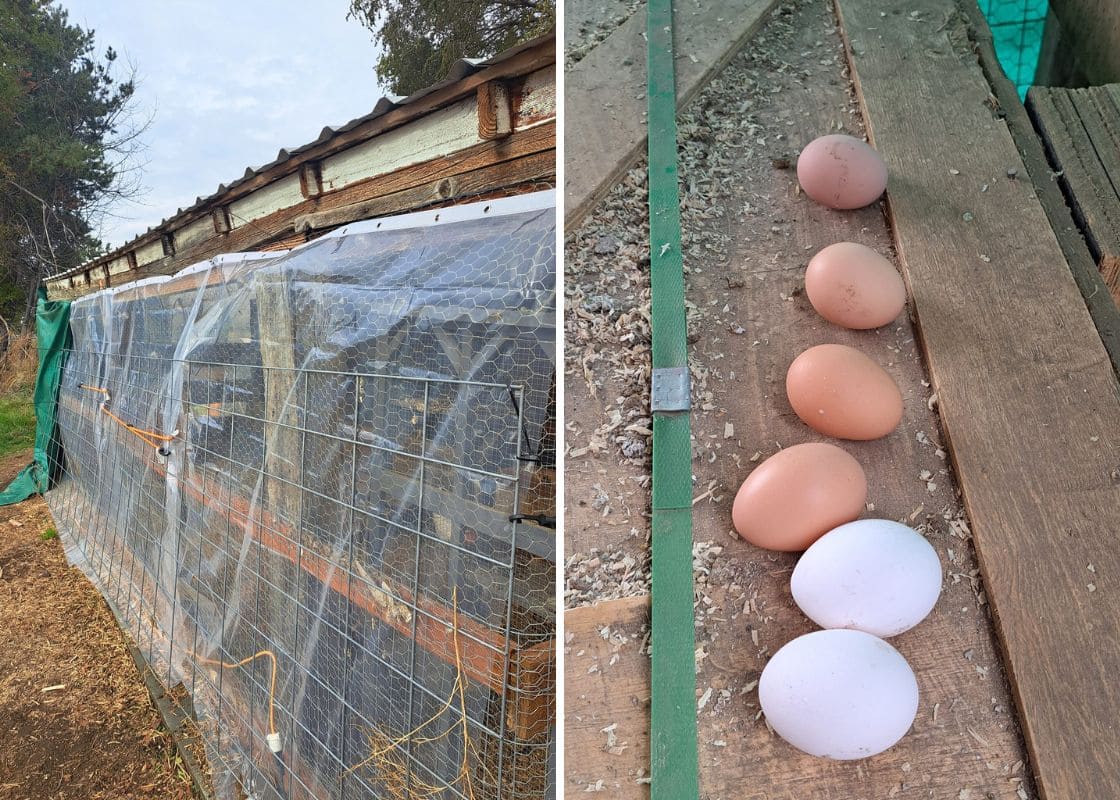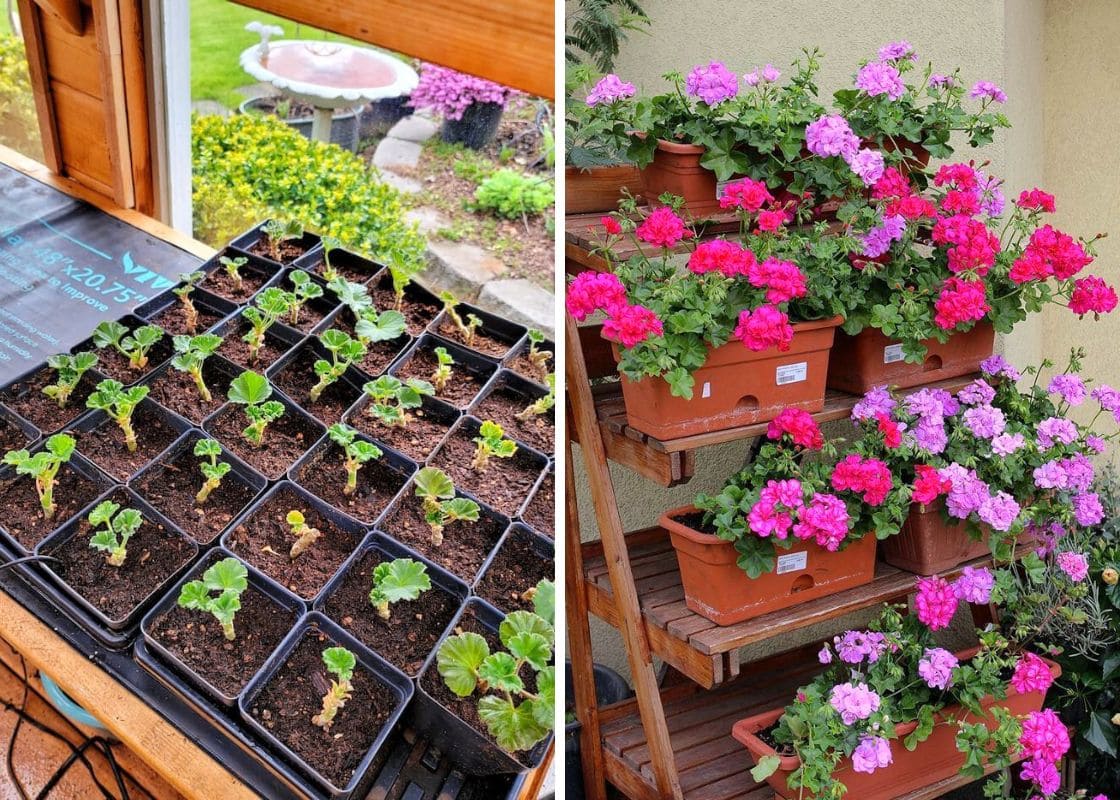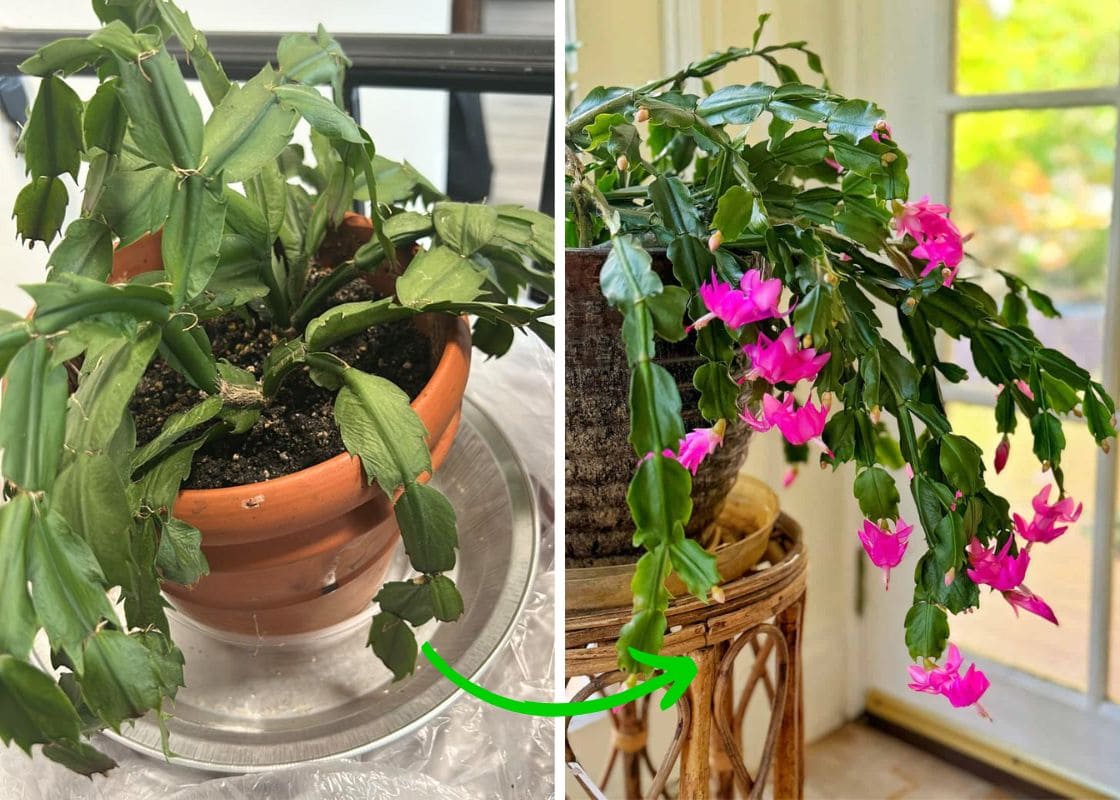Can lavender grow in shade? This is a question many new gardeners or those with limited space often ask.
As someone who loves lavender but doesn’t have an abundance of sunny spots, I understand the dilemma well.
Whether you’re dealing with a small urban garden or a shaded backyard, the challenge of growing sun-loving plants like lavender can be daunting.
Summary:
- Lavender prefers full sunlight, needing at least 6-8 hours of direct light daily, however it can also live in partial shade.
- Shade causes leggy growth, fewer flowers, lower essential oil production, and higher susceptibility to diseases.
- You should choose shade-tolerant varieties like English and French lavender, ensure well-drained soil, moderate watering, and regular pruning.

| Scientific name | Lavandula |
| Common name | Lavender |
| Plant type | Perennial, Herbaceous |
| Height | 1-3 feet |
| Flower color | Purple, Blue, Pink, White |
| Bloom time | Late Spring to Early Summer |
| Light | Full sun |
| Soil | Well-drained, slightly alkaline |
| Hardiness Zones | 5-9 |
| Native | Mediterranean region |
Can Lavender Grow In Shade?
Yes, but with limitations. Lavender prefers full sunlight, needing at least 6-8 hours of direct light daily to thrive.
In full shade, lavender struggles, showing weak growth and sparse blooming. In partial shade, (3-6 hours of sunlight), it may still grow but with reduced flowering.
I’ve tried growing lavender in partly shaded areas, and while it survived, the blooms were fewer compared to those in full sun.
Effects of Shade on Lavender
Leggy and Weak Growth
When lavender grows in shade, the plants stretch toward the light, resulting in long, spindly stems and fewer leaves.
This weak growth makes lavender less robust and more susceptible to diseases.
In my garden, lavender in partial shade grew taller but lacked the fullness and vibrancy of those in full sun. In full shade, the plants struggled significantly.
If you’re in hardiness zones 5-9, try to provide as much sunlight as possible to maintain healthy growth.
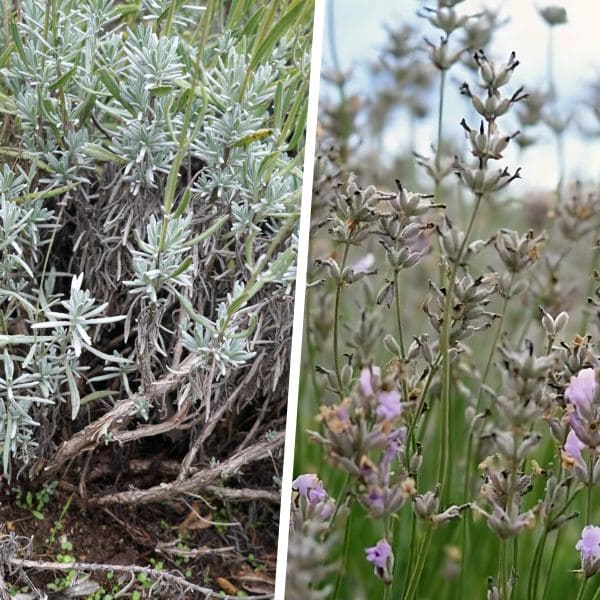
Reducing Flowering and Essential Oil Production
In partial shade, lavender produced fewer, smaller, and less fragrant flowers compared to those in full sun.
If you live in hardiness zones 5-9, providing at least partial sun is vital for maintaining blooming and oil quality.
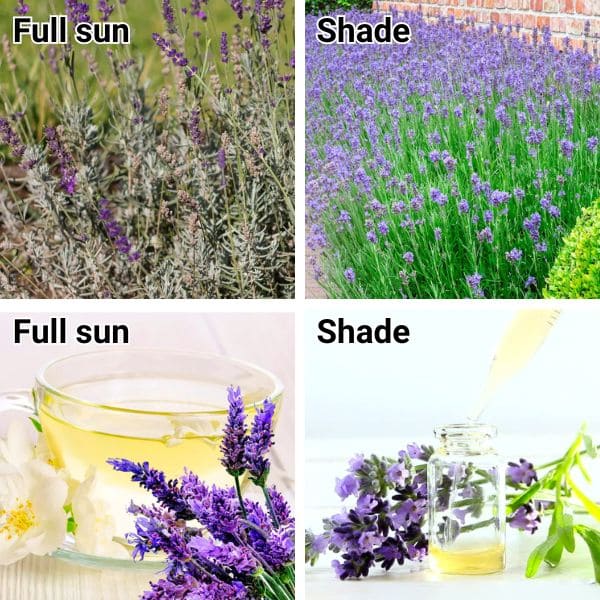
Susceptibility to Diseases
In the garden where shaded lavender often developed fungal issues, such as root rot and powdery mildew, due to higher moisture levels.
These diseases weaken the plant, leading to poor growth and reduced flowering.
In hardiness zones 5-9, ensuring good air circulation and proper drainage is crucial, especially in partial shade.
Full shade exacerbates these risks, making it harder for lavender to stay healthy and thrive.
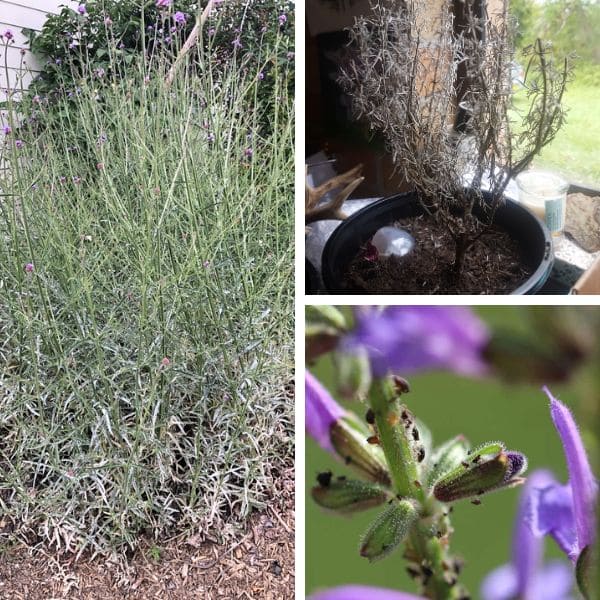
Tips:
If you don’t own a garden with full sun, you can refer to shade-tolerant varieties of lavender like Lavandula angustifolia (English Lavender) and Lavandula dentata (French Lavender).
These varieties can tolerate partial shade, which means they need about 3-6 hours of direct sunlight each day.
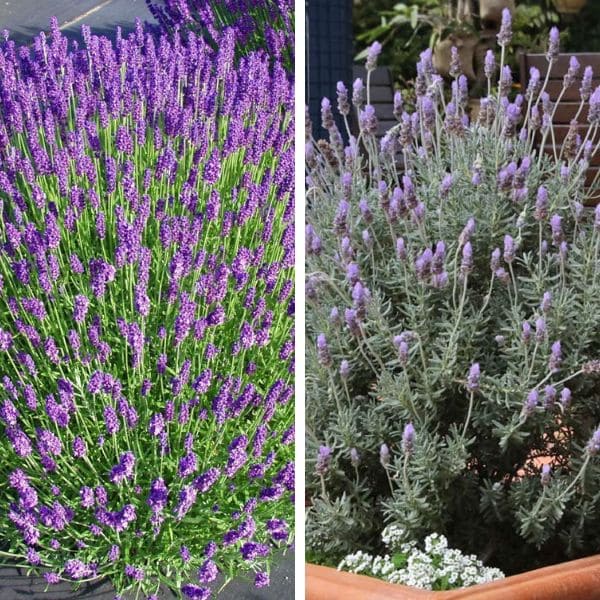
In my own experience, ensuring these plants receive sufficient light in the morning or late afternoon can make a difference.
It’s crucial to use well-drained, slightly alkaline soil and water moderately, allowing the soil to dry out between waterings to prevent root rot.
You can also regular prune to help maintain their shape and improves air circulation, reducing the risk of fungal diseases.
Benefits of Full Sun to Lavender
Faster Growth
Sunlight is essential for lavender’s energy production. This herb uses photosynthesis to create the sugars it needs to thrive.
In full sun, lavender can perform photosynthesis more efficiently, utilizing sunlight, carbon dioxide, water, and minerals to produce glucose and oxygen.
Their silvery foliage helps reflect solar radiation, maximizing light absorption for photosynthesis.
This process is crucial for lavender’s health, enabling it to produce its aromatic oils and maintain robust growth.
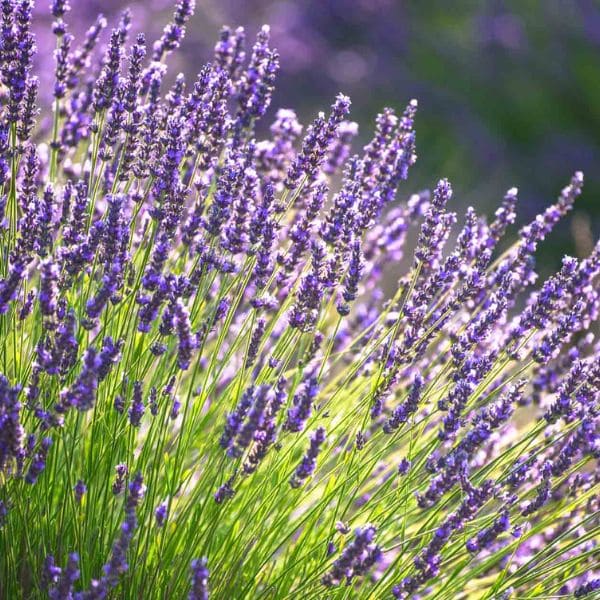
Fragrant Blooms and Oil Production
The main compounds responsible for lavender’s scent are linalool and linalyl acetate. These compounds are synthesized more efficiently when the plant receives ample sunlight.
In my garden, lavender plants in full sun produce intensely fragrant and oil-rich blooms compared to those in shade.
For the best scent and oil production, you can consider varieties like Lavandula stoechas (Spanish Lavender), and Lavandula x intermedia (Lavandin).
Reducing Risk of Diseases
When your lavender is in full sunlight, it experiences fewer fungal issues like root rot and powdery mildew, which are common in shaded, damp conditions.
The intense sunlight helps keep the soil dry and enhances air circulation around the plant, preventing moisture buildup.
In addition, you can try to pair your lavender with rosemary, sage, and thyme, which also thrive in similar sunny, well-drained conditions.
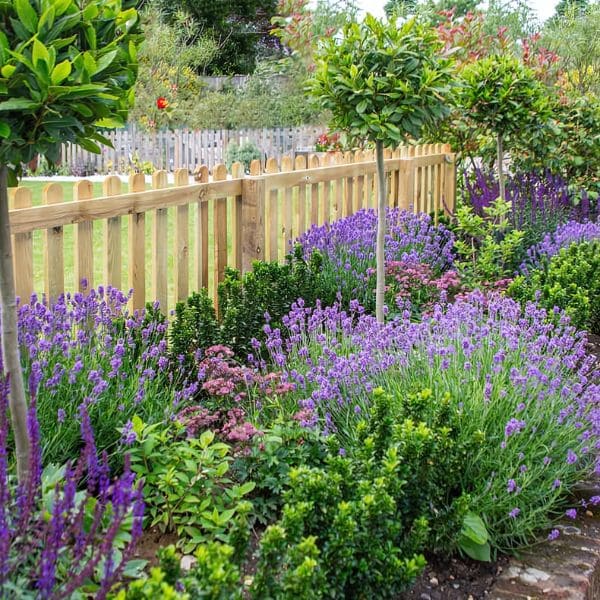
FAQs
Can lavender grow under trees?
Lavender generally prefers full sun and might struggle to thrive under trees where it gets less sunlight.
However, if the area under the tree gets at least 6 hours of filtered sunlight and has well-draining soil, you might have some success.
Can lavender grow in pots?
Yes. I’ve had great success growing various lavender varieties in containers.
You just ensure the pots have good drainage, use well-draining soil, and place them in a location that gets at least 6 to 8 hours of sunlight daily.
Can I grow lavender indoors?
Yes. You should place it near a south-facing window, use well-drained soil and avoid overwatering to prevent root rot.
